Looking to spice up your yoga routine or find a new way to stay active and strong as you age? Combining static holds with yoga might be just what you need! This approach takes familiar yoga poses and gives them a little twist by holding them for longer periods. It’s a simple yet powerful way to build strength, improve balance, and boost flexibility—all without any crazy moves or intense workouts. Plus, it’s great for calming the mind and tuning into your body. Whether you’re a yoga newbie or a seasoned pro, this gentle practice can help you feel more confident and energized in your daily life. Let’s dive into how static holds can take your yoga game to the next level!
Combining Static Holds with Yoga for Seniors: Enhancing Balance and Strength
Yoga can be a great way for seniors to stay active and healthy. Adding static holds to yoga routines can make them even more helpful. Static holds are poses you keep for a while without moving. They can boost strength and balance.

Combining static holds with yoga can give seniors many benefits, like better stability and stronger muscles. This mix works well for older adults who want to stay fit but need gentler exercise. It can help prevent falls and make daily tasks easier.
You don’t need fancy equipment or a gym membership to try this. Many yoga poses with static holds can be done at home with just a mat or chair. It’s a simple way to improve your health that fits into your daily life.
Key Takeaways
- Static holds in yoga can improve balance and strength for seniors
- Combining holds with gentle movements creates a safe, effective workout
- Regular practice can boost confidence and make daily activities easier
Understanding Static Holds in Yoga
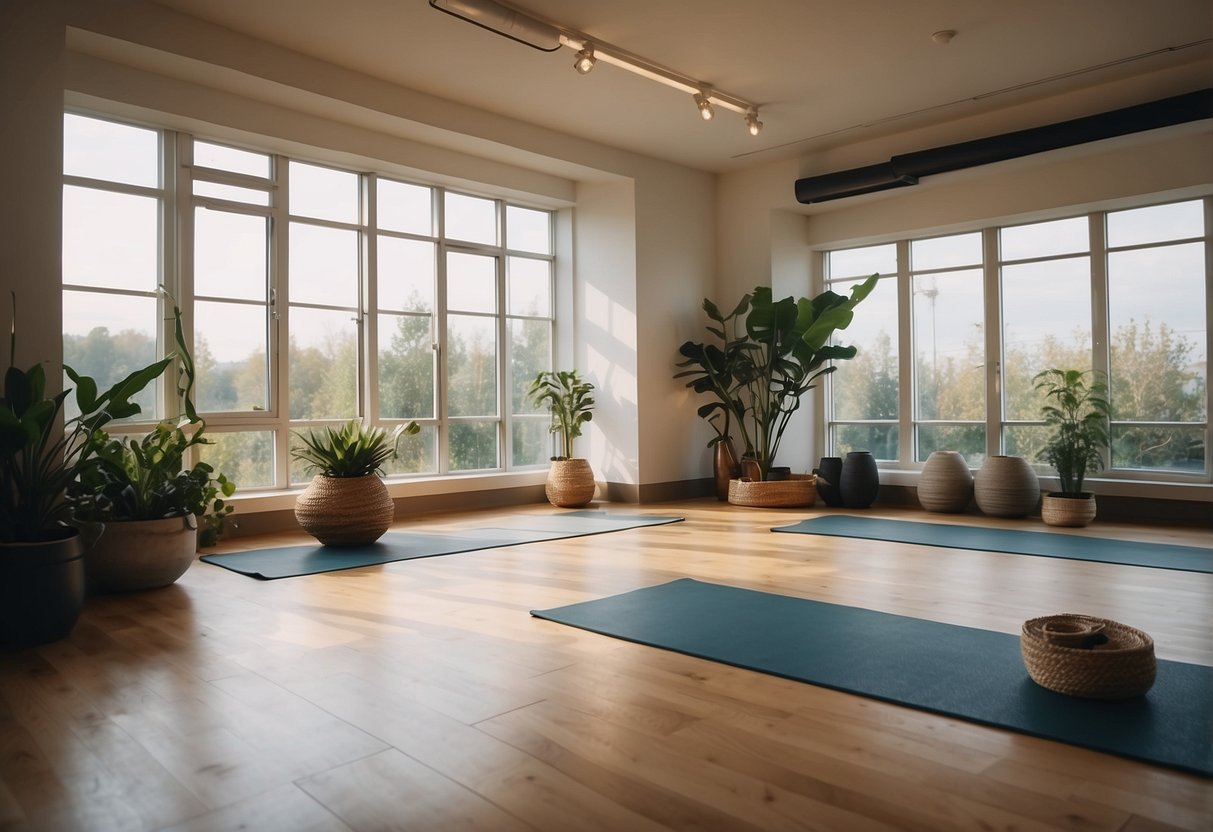
Static holds are a key part of yoga practice. They involve staying in one pose for a set time. This can be from a few breaths to several minutes. In static yoga, you maintain positions for an extended period. This type of yoga focuses on stillness and stability.
Static holds can help you:
- Build strength
- Improve balance
- Increase flexibility
- Boost focus
When you hold a pose, you work your muscles in a different way. This can build muscular endurance. For seniors, static holds can be very helpful. They let you work at your own pace. You can adjust the pose to fit your needs.
Here are some tips for static holds:
- Start with short holds (5-10 seconds)
- Gradually increase hold time
- Focus on your breath
- Listen to your body
Remember, the goal is not to push too hard. It’s about finding a balance between effort and ease. Holding poses can boost your yoga practice. It gives you time to really feel the pose and make small adjustments. For building strength, aim to hold poses for 30 seconds or more. This can help improve bone strength.
Benefits of Yoga for Seniors
Yoga for seniors offers many advantages for physical and mental well-being. It can help improve flexibility, balance, and strength, which are key areas that often decline with age.

Improved Flexibility
Yoga helps seniors maintain and increase their flexibility. As you age, your muscles and joints can become stiffer, making everyday tasks more difficult. Regular yoga practice can help loosen tight muscles and increase your range of motion.
Gentle stretching exercises in yoga classes can improve flexibility in your:
- Shoulders
- Hips
- Hamstrings
- Lower back
You’ll find it easier to bend, reach, and move in your daily activities. This increased flexibility can also help reduce pain and discomfort in your joints.
Enhanced Balance and Stability
Yoga poses for seniors can significantly improve your balance and stability. This is crucial for preventing falls, which are a major concern for older adults.
Many yoga poses focus on strengthening your core muscles and improving your proprioception – your body’s ability to sense its position in space. This helps you:
- Stand more steadily
- Walk with more confidence
- React quicker to prevent falls
Practicing balance poses like Tree Pose or Mountain Pose can make a big difference in your overall stability. Start with supported versions and gradually work up to more challenging poses.
Increased Muscle Strength
Yoga is an effective way to build and maintain muscle strength as you age. Many yoga poses use your own body weight as resistance, which helps strengthen your muscles without putting too much strain on your joints.
Regular yoga practice can help strengthen your:
- Leg muscles
- Core muscles
- Upper body muscles
This increased strength can make everyday tasks easier, from carrying groceries to getting up from a chair. It also helps maintain bone density, which is important for preventing osteoporosis.
Remember to start slowly and listen to your body. Gradually increase the difficulty of poses as you build strength and confidence in your practice.
Fundamental Static Holds for Seniors
Static holds can greatly benefit seniors when combined with yoga. These poses help improve balance, strength, and flexibility. Let’s explore three key static holds that are perfect for older adults.
Mountain Pose

Mountain Pose is a great starting point for seniors. It’s simple but effective. Stand with your feet hip-width apart. Press your feet firmly into the ground. Engage your leg muscles and stand tall.
Keep your arms at your sides, palms facing forward. Roll your shoulders back and down. Lift your chest slightly. Breathe deeply and hold this pose for 30-60 seconds. This static hold helps improve posture and balance. It also strengthens your legs and core. Take breaks if needed. You can do this pose near a wall or chair for support.
Tree Pose

Tree Pose challenges balance while strengthening your legs. It’s a good next step after Mountain Pose. Start in Mountain Pose. Shift your weight to your right foot. Lift your left foot off the ground.
Place your left foot on your right inner thigh or calf. Avoid putting it on your knee. Bring your hands together at your chest. Focus on a spot in front of you to help with balance. Hold for 15-30 seconds, then switch sides. If balancing is hard, you can touch a wall or chair for support. Over time, try to hold the pose longer.
Warrior Pose

Warrior Pose builds strength in your legs and core. It also improves balance and focus. Start with your feet wide apart. Turn your right foot out 90 degrees. Your left foot should be at a slight angle.
Bend your right knee over your ankle. Keep your left leg straight. Raise your arms to shoulder height. Look over your right hand. Keep your chest open and shoulders relaxed. Hold for 30-60 seconds.
Remember to breathe deeply. Switch sides and repeat. If you feel unsteady, try a shorter stance or use a chair for support. This pose helps build muscle strength in your legs and core. It’s great for improving balance and stability.
Integrating Static Holds with Dynamic Movement
Static holds and dynamic movements can work together to create a balanced yoga practice for seniors. By combining these elements, you can improve strength, flexibility, and balance while maintaining a smooth flow.
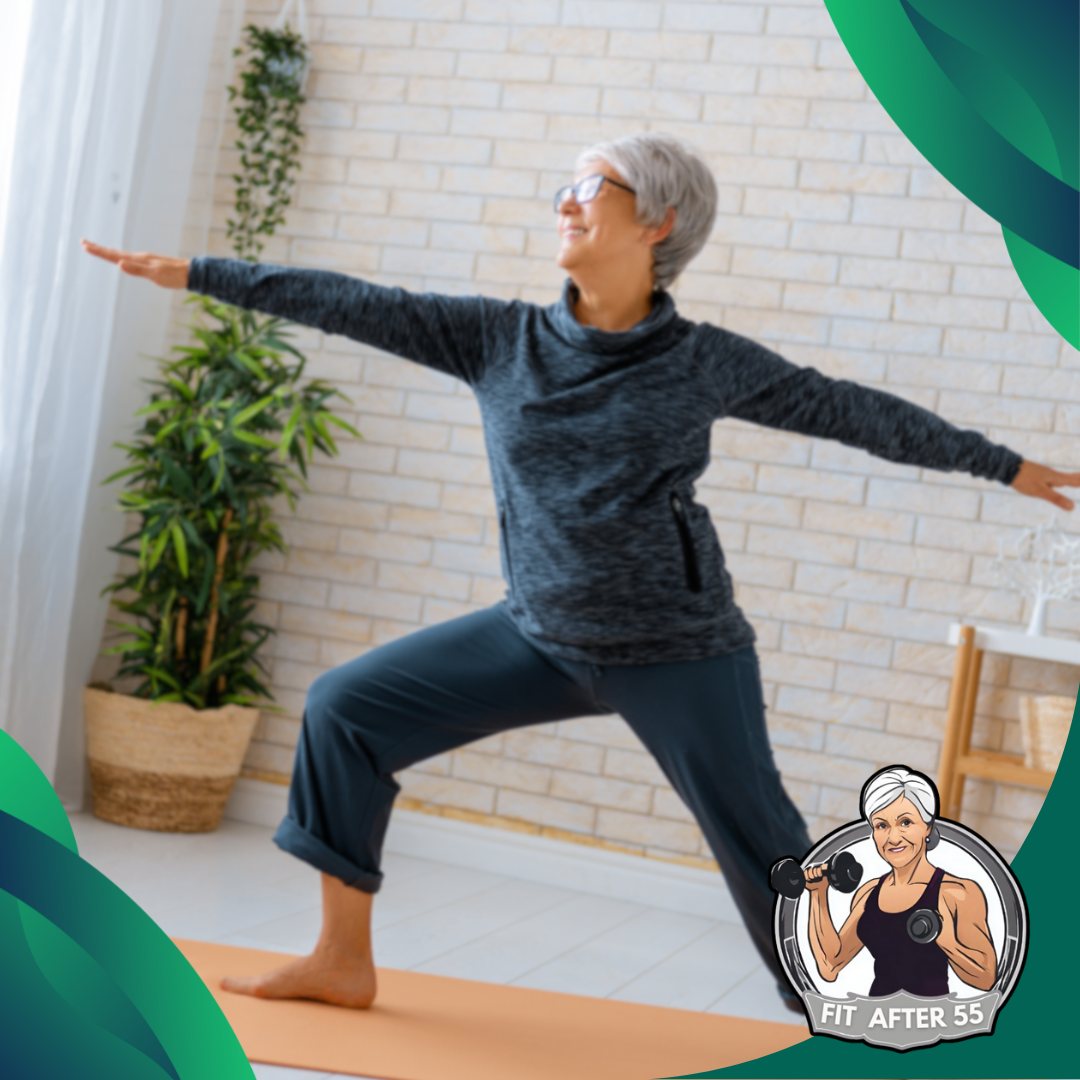
Transition Techniques
Start by holding a static pose, like a Mountain Pose. Slowly shift your weight to one foot. Lift the opposite knee towards your chest. This creates a transition from static to dynamic movement. Keep your core engaged during transitions. This helps maintain balance and stability. Move with control and awareness.
Practice transitioning from Tree Pose to Warrior III. Begin in Tree Pose, then slowly lean forward. Extend your raised leg behind you as you lower your upper body. This flowing movement connects two static poses.
Breath Coordination
Coordinate your breath with movement to enhance the flow between static holds and dynamic poses. Inhale as you prepare for a movement. Exhale as you transition or hold a pose.
In the Chair Pose, inhale deeply. As you exhale, slowly rise to standing. This links breath with the shift from static to dynamic. Use longer breaths during static holds. Take shorter, more frequent breaths during dynamic movements. This helps you maintain focus and energy throughout your practice.
Flow Sequence Construction
Build a sequence that alternates between static holds and dynamic movements. Start with a grounding pose like Mountain Pose. Move into a gentle twist. Return to Mountain Pose before flowing into a standing balance pose.
Include poses that naturally flow together. Triangle Pose can smoothly transition into Extended Side Angle Pose. This creates a seamless blend of static and dynamic elements. End your sequence with a restorative static hold like Legs-Up-the-Wall Pose. This allows you to integrate the benefits of both movement styles while winding down your practice.
Safety Considerations for Seniors
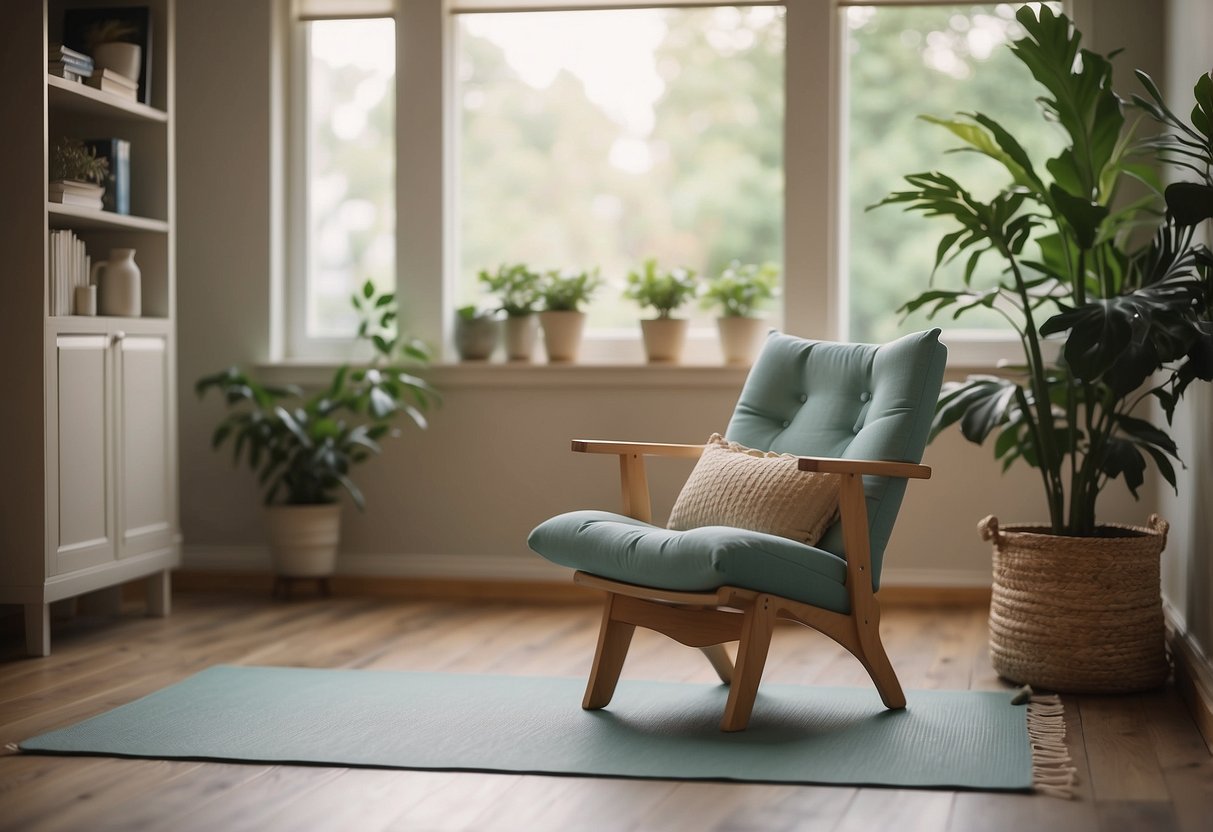
Practicing yoga safely is crucial for seniors. Paying attention to personal limits, modifying poses, and using props can help prevent injuries and maximize benefits.
Understanding Personal Limits
Know your body’s capabilities before starting yoga. Consult your doctor about any health concerns or limitations. Listen to your body during practice. Stop if you feel pain or discomfort. Don’t push yourself too hard. It’s okay to take breaks when needed.
Pay attention to how you feel after each session. If you experience lasting soreness or pain, adjust your practice accordingly.
Adapting Poses
Chair yoga offers several benefits for seniors with limited mobility. Use a chair for support in standing poses or practice seated versions. Modify floor poses by using a wall or furniture for balance. Avoid poses that put a strain on problem areas.
Focus on gentle stretches and breathing exercises if more intense poses are challenging. Remember, yoga is about personal progress, not perfection.
Using Props for Support
Props can make yoga safer and more accessible. Use blocks to bring the floor closer in standing poses. Straps help extend your reach in seated forward bends. Bolsters provide comfort in reclining poses. Blankets can cushion joints and provide warmth.
Yoga mats with extra cushioning can protect sensitive joints. Non-slip mats or towels prevent slipping during practice. Don’t hesitate to use multiple props in a single pose. They’re tools to help you practice safely and comfortably.
Designing a Senior-Friendly Yoga Routine
A senior-friendly yoga routine should focus on gentle movements, proper alignment, and safety. It’s important to include warm-up exercises, core poses, and cool-down techniques tailored to older adults’ needs.
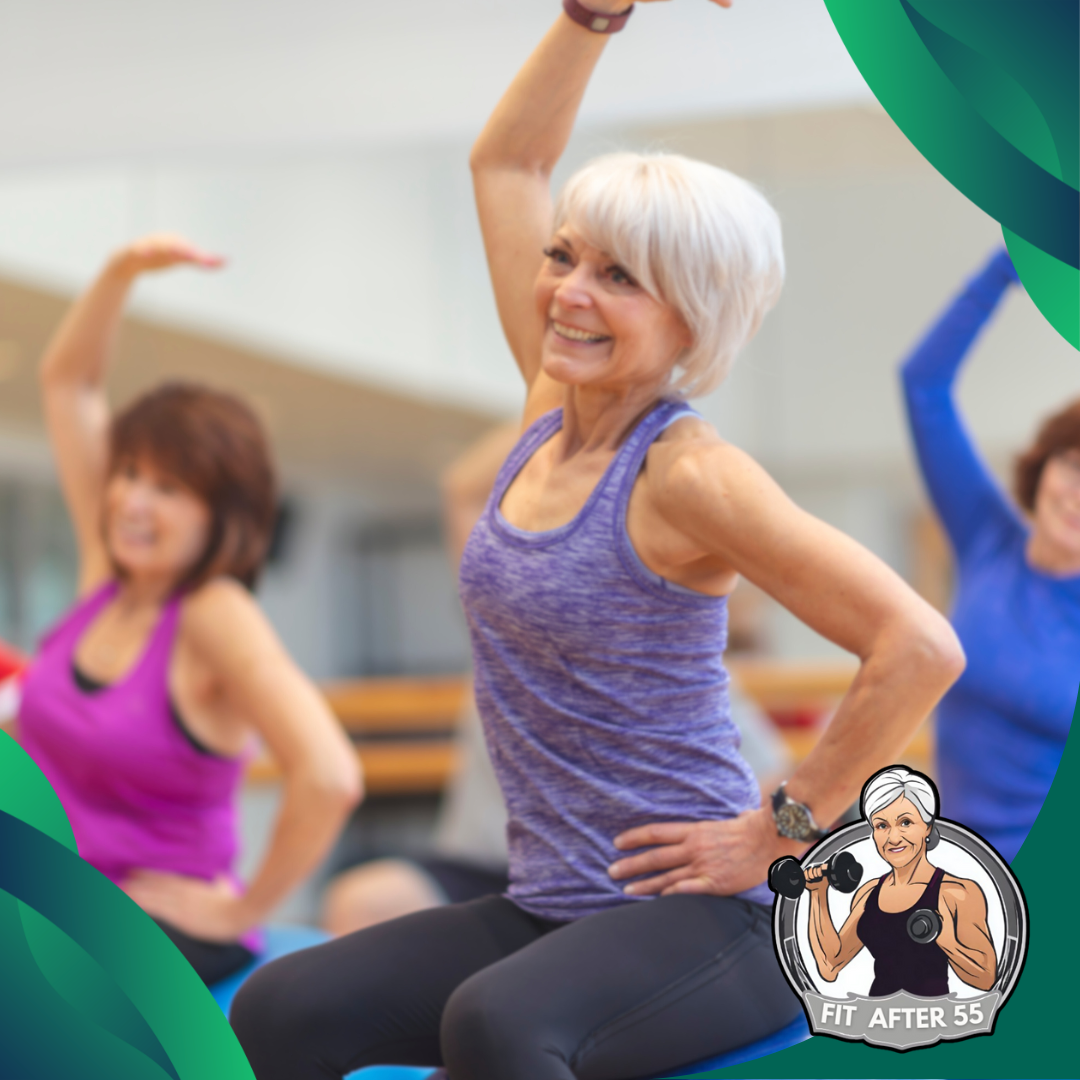
Warm-Up Strategies
Start your yoga session with gentle warm-up exercises. These help prepare your body for the main routine. Begin with seated poses to wake up your muscles and joints. Try these warm-up moves:
- Neck rolls: Slowly rotate your head in circles
- Shoulder shrugs: Lift and lower your shoulders
- Arm circles: Make small circles with your arms
- Ankle rotations: Gently rotate each foot
Aim for 5-10 repetitions of each move. Take deep breaths as you perform these exercises. This helps increase oxygen flow to your muscles.
Core Routine Elements
The main part of your yoga routine should include standing and seated poses. Focus on poses that improve balance, flexibility, and strength. Key poses to include:
- Mountain Pose (Tadasana)
- Tree Pose (Vrikshasana)
- Chair Pose (Utkatasana)
- Warrior I (Virabhadrasana I)
Hold each pose for 3-5 breaths. Use a chair or wall for support if needed. Remember to move slowly and listen to your body. If a pose feels uncomfortable, modify it or skip it.
Cool-Down Essentials
End your routine with gentle stretches and relaxation techniques. This helps your body transition back to a resting state. Seated poses are great for cool-down.
Try these cool-down moves:
- Seated forward bend
- Gentle twists
- Cat-Cow stretch
- Legs up the wall pose
Hold each stretch for 30-60 seconds. Focus on your breath and let tension melt away. End with a short meditation or breathing exercise. This helps calm your mind and promotes relaxation.
Instructional Techniques for Yoga Teachers

Yoga teachers need specific skills to guide seniors through static holds and yoga poses safely. These techniques help create a positive learning environment and ensure proper form.
Effective Communication
Clear instructions are key when teaching yoga to seniors. Use simple language and avoid jargon. Speak slowly and clearly. Describe each pose step-by-step. Give both visual and verbal cues.
For example, say “Lift your right arm” while demonstrating the movement. This helps seniors follow along easily. Use positive reinforcement. Praise students for their efforts. This builds confidence and motivation.
Demonstration and Observation
Show the poses yourself or use a student to demonstrate. Face the same direction as your students when demonstrating. This makes it easier for them to mirror your movements.
Observe your students closely. Look for signs of discomfort or incorrect alignment. Be ready to offer modifications if needed. Walk around the room to get different views of your students. This helps you spot issues you might miss from the front of the class.
Feedback and Adjustment
Offer gentle verbal adjustments. Instead of touching seniors, use clear directions like “Soften your knees slightly” or “Draw your shoulder blades down your back.” Give specific, constructive feedback. For example, “Great job keeping your back straight in that pose, Susan.”
Tailor your instructions to each student’s skill level. Some may need more guidance, while others can handle more advanced poses. Remember to always prioritize safety. If a senior struggles with a pose, offer an easier variation or suggest using props for support.
Community and Social Aspects of Yoga for Seniors
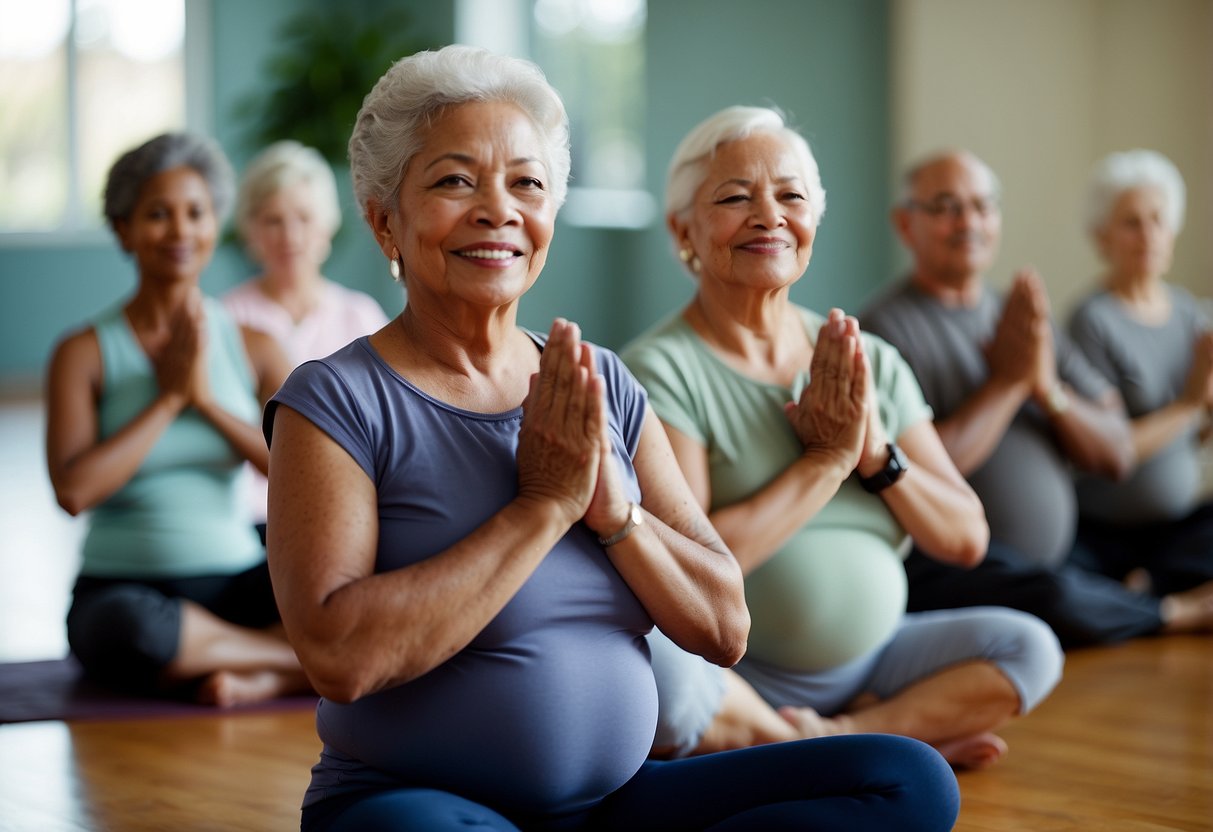
Joining a yoga class can greatly enrich your life as a senior. You’ll meet new people and form friendships with those who share your interest in health and wellness. Many seniors find that yoga classes provide a supportive community. You can share experiences, offer encouragement, and motivate each other to maintain your practice.
Group classes allow you to learn from others. You might pick up tips on modifying poses or discover new breathing techniques from your classmates. Social interaction during yoga can boost your mood and mental health. Chatting before and after class gives you a chance to connect with others regularly.
Some benefits of yoga communities for seniors include:
- Reduced feelings of loneliness and isolation
- Increased sense of belonging
- Opportunities to share knowledge and experiences
- Motivation to attend classes consistently
- Potential to form new friendships
You may find both in-person and online yoga communities. Local senior centers, gyms, and yoga studios often offer classes specifically for older adults. Online yoga groups can connect you with seniors worldwide. These virtual communities allow you to practice from home while still enjoying social benefits.
Remember, the social aspects of yoga can be just as beneficial as the physical practice. Embracing the community can enhance your overall yoga experience as a senior.
Evaluating Progress in Yoga Practice
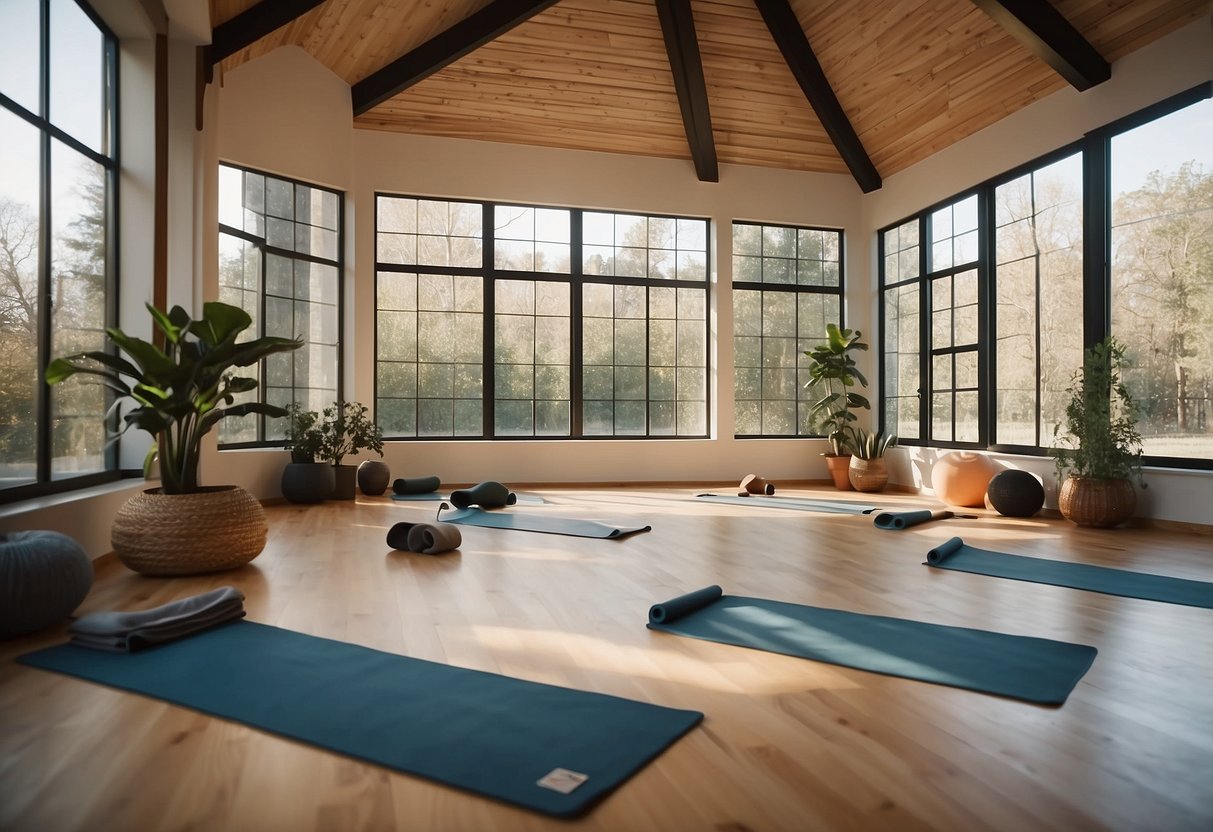
Tracking your yoga journey can be rewarding and motivating. There are several ways to measure your progress as you combine static holds with your yoga routine. One simple method is to note changes in your body fat measurements. Regular yoga practice often helps reduce body fat over time.
Pay attention to your breath awareness. As you improve, you’ll notice your breathing become more controlled and rhythmic during poses and transitions. Keep a log of how long you can hold challenging poses. Start with 30-second holds and gradually increase the duration. This is especially helpful for building bone and muscle strength.
Track your flexibility progress in forward folds. Measure how far you can reach with your hands and note improvements over time. Consider these additional ways to evaluate your progress:
- Increased balance in poses like Tree or Half Moon
- Better focus and concentration during practice
- Improved energy levels throughout the day
- Enhanced sleep quality
- Reduced stress or anxiety
Remember, progress isn’t always linear. Some days you may feel stronger or more flexible than others. Be patient and kind to yourself as you continue your yoga journey.
Fun Fact
Did you know? Holding yoga poses for extended periods can significantly boost muscle endurance, helping seniors build the strength needed for everyday activities like walking, carrying groceries, and gardening. This simple practice enhances stamina and ensures greater ease and confidence in daily movements!
Combining Static Holds With Yoga For Seniors: Building Strength and Balance
Incorporating static holds into yoga practice offers seniors a gentle yet effective way to build strength, improve balance, and enhance overall flexibility. By focusing on mindful breathing and holding poses, seniors can enjoy a holistic workout that not only benefits the body but also calms the mind, promoting relaxation and well-being. Whether you’re new to yoga or looking to deepen your practice, this approach provides a safe and adaptable option for all fitness levels.

Ready to give it a try? Start integrating static holds into your yoga routine today and experience the difference for yourself. Remember to consult with a fitness professional or yoga instructor to ensure you’re practicing safely and effectively. Embrace the journey to a stronger, more balanced you!
Frequently Asked Questions
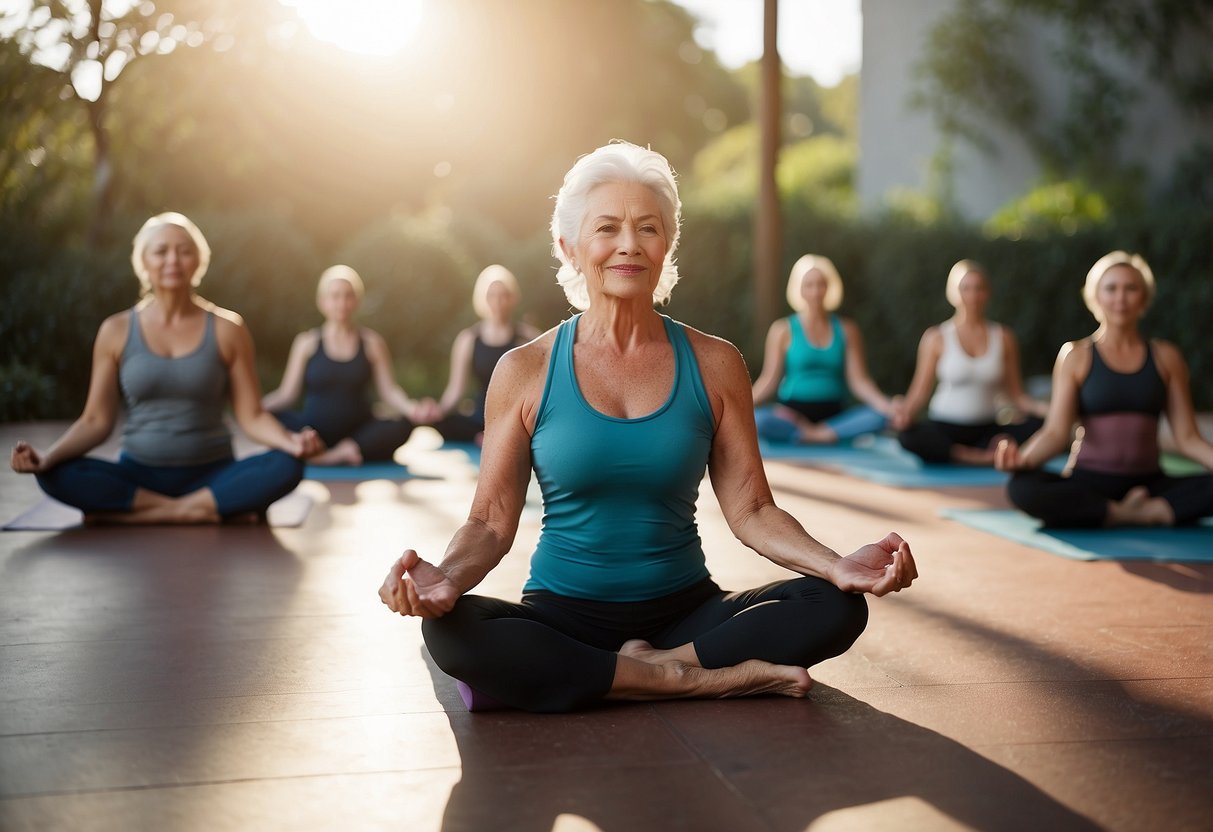
Static holds and yoga offer many benefits for seniors. These practices can improve balance, stability, and overall fitness when done safely. Let’s explore some common questions about combining these techniques.
What are the benefits of incorporating static holds into a senior's yoga practice?
Static holds can boost strength and balance for seniors. They help build muscle endurance and body awareness. Holding poses also improves focus and can reduce stress.
How does practicing yoga affect balance in older adults?
Yoga can greatly improve balance in seniors. Regular practice strengthens leg muscles and increases flexibility. It also enhances proprioception, which is your body’s ability to sense its position in space.
Can chair yoga be beneficial for seniors, and how?
Chair yoga is very helpful for seniors. It allows those with limited mobility to practice safely. Chair yoga improves flexibility, reduces joint stiffness, and boosts circulation. It’s also great for building upper body strength.
Are there specific static yoga poses that can improve stability for seniors?
Yes, certain poses are great for senior stability. Mountain pose and tree pose are excellent choices. The triangle pose also helps with balance and leg strength. These poses can be modified as needed for safety.
What is the role of isometric exercises in a senior's yoga routine?
Isometric exercises are key in static holds. They involve contracting muscles without movement. This builds strength and stability. Isometrics are safe for seniors and put less stress on joints.
How can seniors safely combine static holds with traditional yoga?
Seniors can mix static holds into their yoga routine gradually. Start with short holds and increase duration over time. Always listen to your body and use props for support when needed. Combine static holds with gentle movements for a well-rounded practice.
Get Active, Feel Good!
Seeking fitness inspiration? Check out our Facebook filled with tips, tricks, and workout routines designed for those 55 and older. Join our lively community and explore ways to stay active, healthy, and joyful. Let’s be healthy together!

